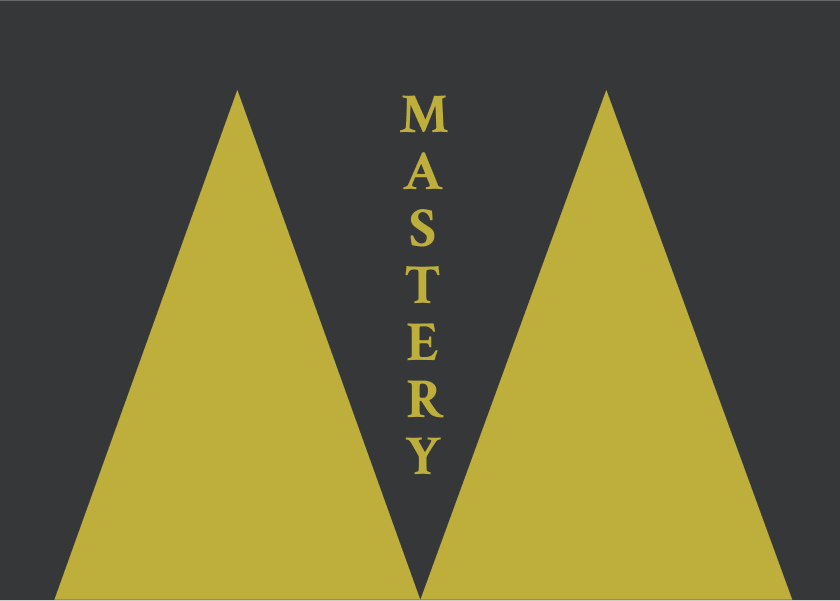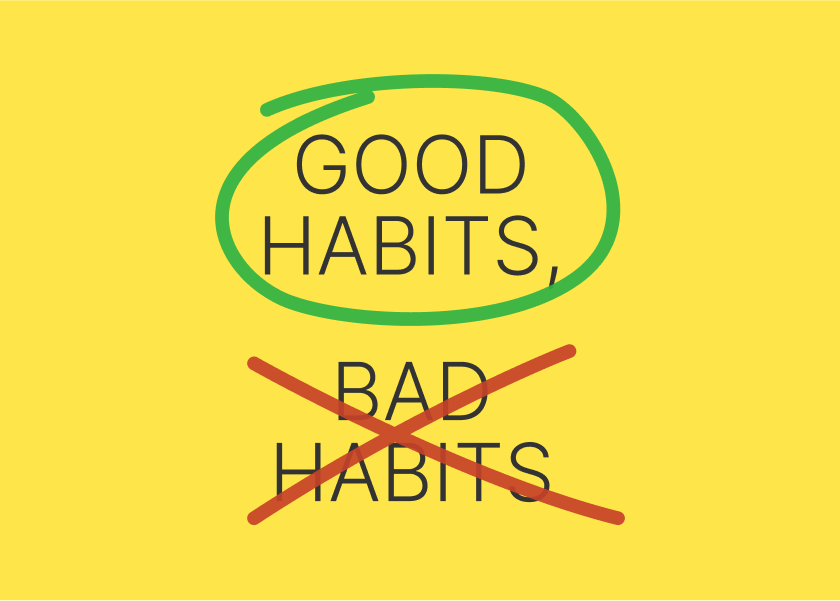No-Drama Discipline by Siegel and Payne Bryson - Summary
Discover No-Drama Discipline, a respectful, nurturing approach with clear boundaries. Foster development, improve decision-making, and build lifelong skills for success and happiness. Learn to connect and redirect for a more effective, loving, and calmer parenting experience.

The following is a summary and review of the book No-Drama Discipline by Siegel and Payne Bryson.
Listen to ShelfHelp's podcast summarising No-Drama Discipline by Siegel and Payne Bryson.
Is Discipline a Constant Battle? Discover a Kinder, More Effective Approach
Are you tired of the constant power struggles, the yelling, and the frustration that often come with disciplining your children? Do you long for a more respectful, loving way to guide your kids towards good behaviour and lifelong success?
In their book, No-Drama Discipline: The Whole-Brain Way to Calm the Chaos and Nurture Your Child’s Developing Mind, Daniel J. Siegel, M.D., and Tina Payne Bryson, Ph.D., offer a revolutionary approach to discipline that's both effective and nurturing. This isn't about punishment or strict rules; it's about understanding your child's brain, connecting with them emotionally, and redirecting them towards better choices.
This article provides a comprehensive summary of No-Drama Discipline, offering you actionable insights and practical strategies to transform your parenting style. Reading this summary will save you time while equipping you with the essential tools to create a calmer, more connected, and ultimately more rewarding family life.
Table of Contents
- About the Author
- Who Should Read This Book?
- Key Insights and Themes
- Detailed Summary
- Review
- Actionable Takeaways
- FAQs
- Conclusion
About the Author
Daniel J. Siegel, M.D., is a renowned child, adolescent, and adult psychiatrist and a clinical professor at the David Geffen UCLA School of Medicine. He is the executive director of the Mindsight Institute and has authored numerous books, including Brainstorm: The Power and Purpose of the Teenage Brain and Mindsight: The New Science of Personal Transformation. His work focuses on interpersonal neurobiology, integrating various scientific fields to understand human development and well-being.
Who Should Read This Book?
No-Drama Discipline is a valuable resource for anyone involved in the upbringing of children:
- Parents: Those seeking alternatives to traditional punishment-based discipline will find practical, science-backed strategies to foster cooperation and build stronger relationships with their children.
- Educators: Teachers and school administrators can apply these techniques in the classroom to manage behaviour, promote emotional intelligence, and create a more supportive learning environment.
- Therapists and Coaches: Professionals working with children and families can incorporate the "connect and redirect" approach to help their clients develop self-regulation, empathy, and social skills.
- Grandparents and Caregivers: Anyone who plays a significant role in a child's life will benefit from the book's insights into child development and effective discipline strategies.
For example, if you're a parent tired of yelling and time-outs that don't seem to work, or a teacher struggling to manage disruptive behaviour in the classroom, this book offers a fresh perspective and practical tools to create positive change.
Key Insights and Themes
Here are the key takeaways from No-Drama Discipline:
- Discipline as Teaching: Redefines discipline from punishment to teaching, learning, and instruction.
- Two Goals of Discipline: Effective discipline has the dual aim of eliciting cooperation in the short term and fostering the development of vital skills for the future.
- Connect and Redirect: Emphasises the importance of connecting with a child's emotions before redirecting their behaviour.
- Whole-Brain Approach: Integrates knowledge about the brain to create connections that lead to better relationships, mental health, and meaningful lives.
- Mindsight: Develops the ability to understand one's own mind and the minds of others, promoting empathy and self-awareness.
- Integration: The concept of integration is presented as the key to well-being, where different parts of the brain work together in a coordinated and balanced manner.
- R-E-D-I-R-E-C-T: Provides specific redirection strategies, including reducing words, embracing emotions, describing without preaching, involving the child, reframing no into yes, emphasising the positive, creatively approaching situations, and teaching mindsight tools.
Detailed Summary
Rethinking Discipline
The book challenges the traditional view of discipline as punishment, urging readers to forget what they think they know about discipline and consider a different approach. The goal is not just to stop misbehaviour in the moment, but to help children become happy, successful, kind, responsible, and self-disciplined individuals. The word "discipline" comes from the Latin word "disciplina," meaning teaching, learning, and giving instruction. Therefore, the overall goal of discipline is to teach, not to punish.
Your Brain on Discipline
This chapter discusses the developing brain and its role in discipline. The upstairs brain, responsible for sound decision-making, emotional regulation, and empathy, takes time to develop. The way parents respond to situations wires children's developing brains, for better or for worse. Engaging the upstairs brain repeatedly strengthens it, creating a functional linkage between dysregulation and the part of the brain that brings one back to balance.
From Tantrum to Tranquillity: Connection Is the Key
Connection moves a child from reactivity to receptivity. The chapter emphasises the importance of communicating love and acceptance to children, even during disciplinary moments. Connection calms, allowing children to regain control of their emotions and bodies. It allows them to "feel felt," soothing the sense of isolation that arises with reactivity.
No-Drama Connection in Action
Specific strategies and suggestions for connecting with children are offered to help them calm down and learn. One key principle is to turn down the "shark music" by letting go of background noise caused by past experiences and future fears. Instead, focus on communicating comfort and validating the child's feelings.
1-2-3 Discipline: Redirecting for Today and Tomorrow
This chapter focuses on redirection, which is how parents respond when their kids do something they don't like.
- Definition: Discipline is about teaching.
- Principles:
- Wait until your child is ready to hear, learn, and understand.
- Be consistent but not rigid.
- Desired Outcomes:
- Insight: Help children consider their own feelings.
- Empathy: Help children imagine how someone else might experience a particular situation.
- Repair: Take steps to repair the situation and make things right when a bad decision has been made or someone has been hurt.
Addressing Behaviour: As Simple as R-E-D-I-R-E-C-T
Specific redirection strategies are provided to help parents guide children back to their upstairs brain. These strategies are organised as an acronym:
- Reduce words: Be brief and address the behaviour and feelings behind it.
- Embrace emotions: Help kids distinguish between their feelings and their actions.
- Describe, don’t preach: Point out what you see without lecturing.
- Involve your child in the discipline: Collaborate with your child to come up with solutions.
- Reframe a no into a conditional yes: Offer an alternative that is acceptable.
- Emphasise the positive: Focus on what the child can do.
- Creatively approach the situation: Use humour and playfulness to defuse tension.
- Teach mindsight tools: Help children become aware of their own minds and manage difficult situations.
On Magic Wands, Being Human, Reconnection, and Change: Four Messages of Hope
The concluding chapter offers four messages of hope:
- Sometimes there's no magic wand, and it's okay if your child stays upset.
- Your kids benefit even when you mess up, as long as you nurture the relationship and repair afterward.
- Reconnection is always possible; repairing ruptures in the relationship is essential.
- It’s never too late to make a positive change, given the brain’s neuroplasticity.
Review
No-Drama Discipline offers a compelling and practical approach to parenting, grounded in neuroscience and attachment theory. Its strengths lie in its emphasis on empathy, connection, and understanding the child's perspective. The "connect and redirect" strategy provides a clear framework for handling challenging behaviours, while the R-E-D-I-R-E-C-T acronym offers concrete techniques that parents can easily implement.
However, the book's reliance on scientific concepts may be overwhelming for some readers. Additionally, while the authors acknowledge that the approach may not work perfectly every time, some parents may find it challenging to consistently apply the strategies in the heat of the moment.
Overall, No-Drama Discipline is a valuable resource for parents seeking a more mindful, effective, and loving approach to discipline. Its insights into child development and practical strategies can help transform family dynamics and foster long-term emotional well-being.
Actionable Takeaways
Here's how to apply these lessons in real life:
- Practice Empathy: Before reacting to misbehaviour, try to understand what your child is feeling. Ask yourself, "What's going on for my child right now?".
- Connect Before Redirecting: Instead of immediately issuing commands or punishments, take a moment to connect with your child emotionally. Use phrases like, "I see you're really upset," or "It sounds like you're feeling frustrated".
- Use Fewer Words: When addressing misbehaviour, be brief and to the point. Avoid lengthy lectures or criticism.
- Involve Your Child in Solutions: Instead of imposing consequences, work together with your child to find solutions. Ask, "What do you think would be a fair way to handle this?"
- Teach Mindsight: Help your child develop self-awareness and empathy by encouraging them to reflect on their own thoughts and feelings, as well as the perspectives of others.
FAQs
- What is "No-Drama Discipline" about? "No-Drama Discipline" is about shifting from punishment-based discipline to a more connected, teaching-oriented approach. It emphasises understanding a child's brain, connecting with their emotions, and redirecting them towards better choices.
- Is "No-Drama Discipline" worth reading? Yes, especially if you're seeking a more respectful, effective, and loving way to discipline your children. It provides practical strategies grounded in neuroscience and attachment theory.
Conclusion
No-Drama Discipline offers a transformative approach to parenting that moves beyond traditional punishment and towards connection, understanding, and skill-building. By implementing the principles and strategies outlined in this book, you can create a calmer, more connected family life while fostering your children's emotional intelligence, self-regulation, and long-term well-being.
As an Amazon Associate, ShelfHelp may earn money from qualifying purchases. Needless to say, ShelfHelp only includes affiliate links to books we recommend and think are worth your time reading.




